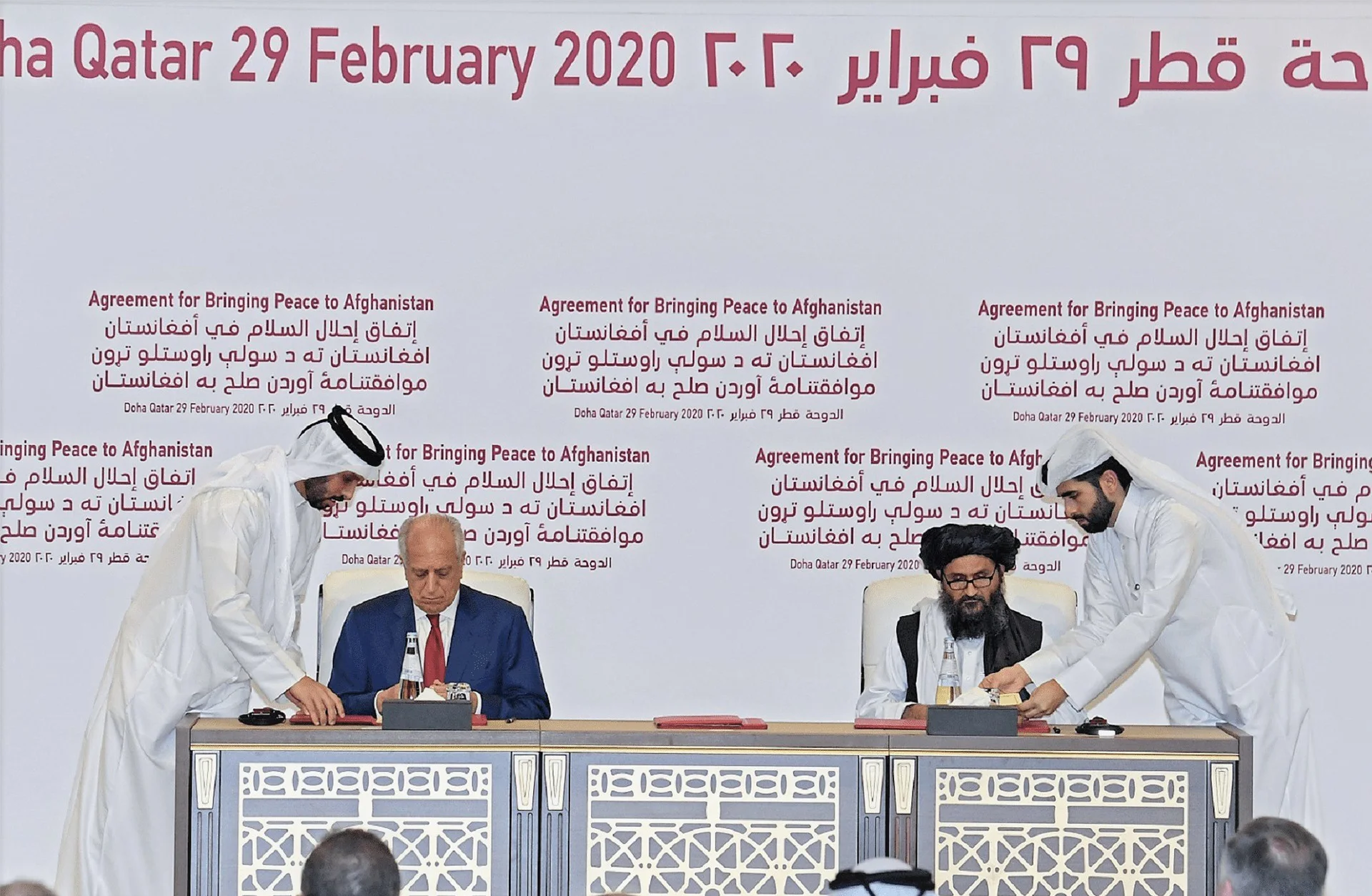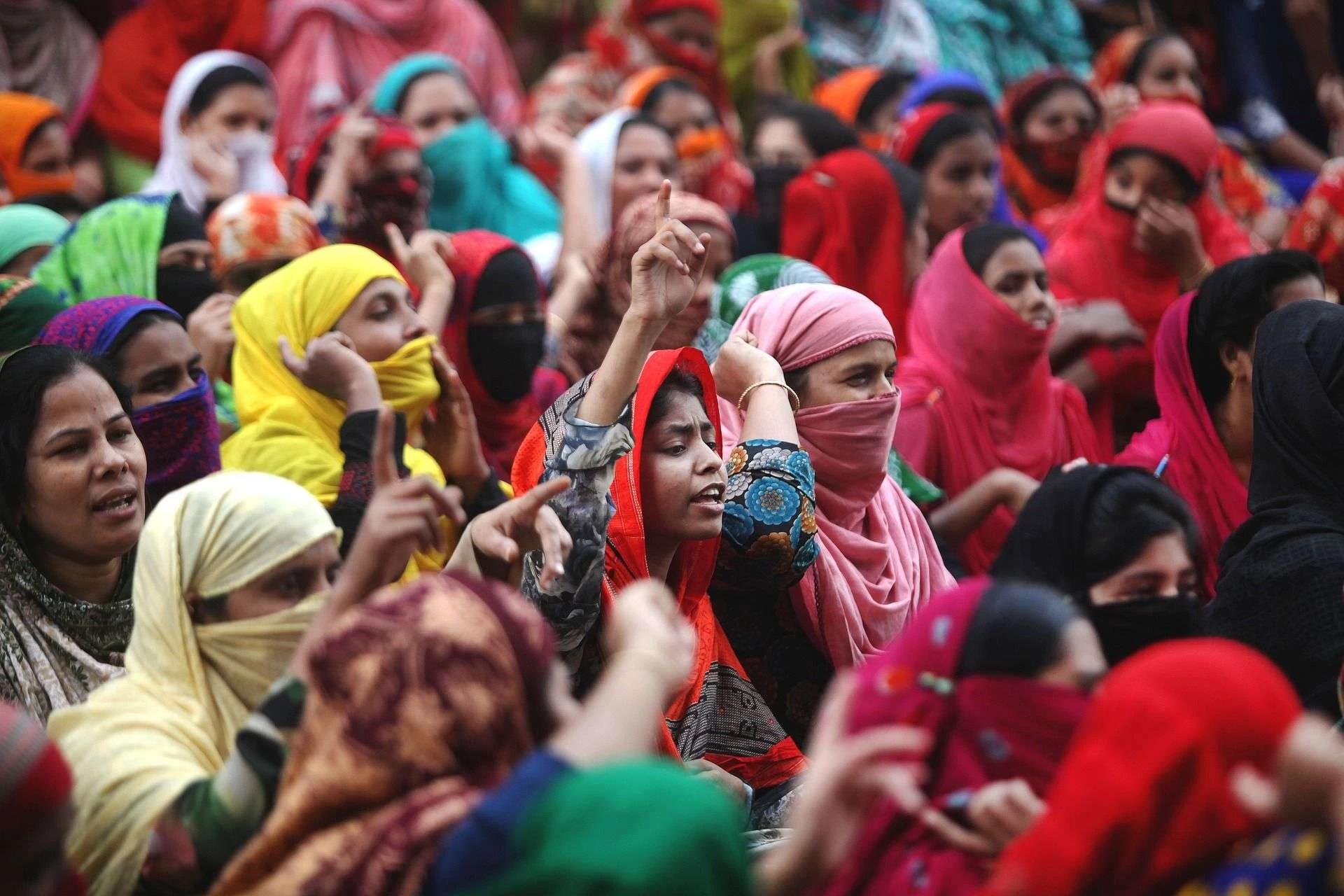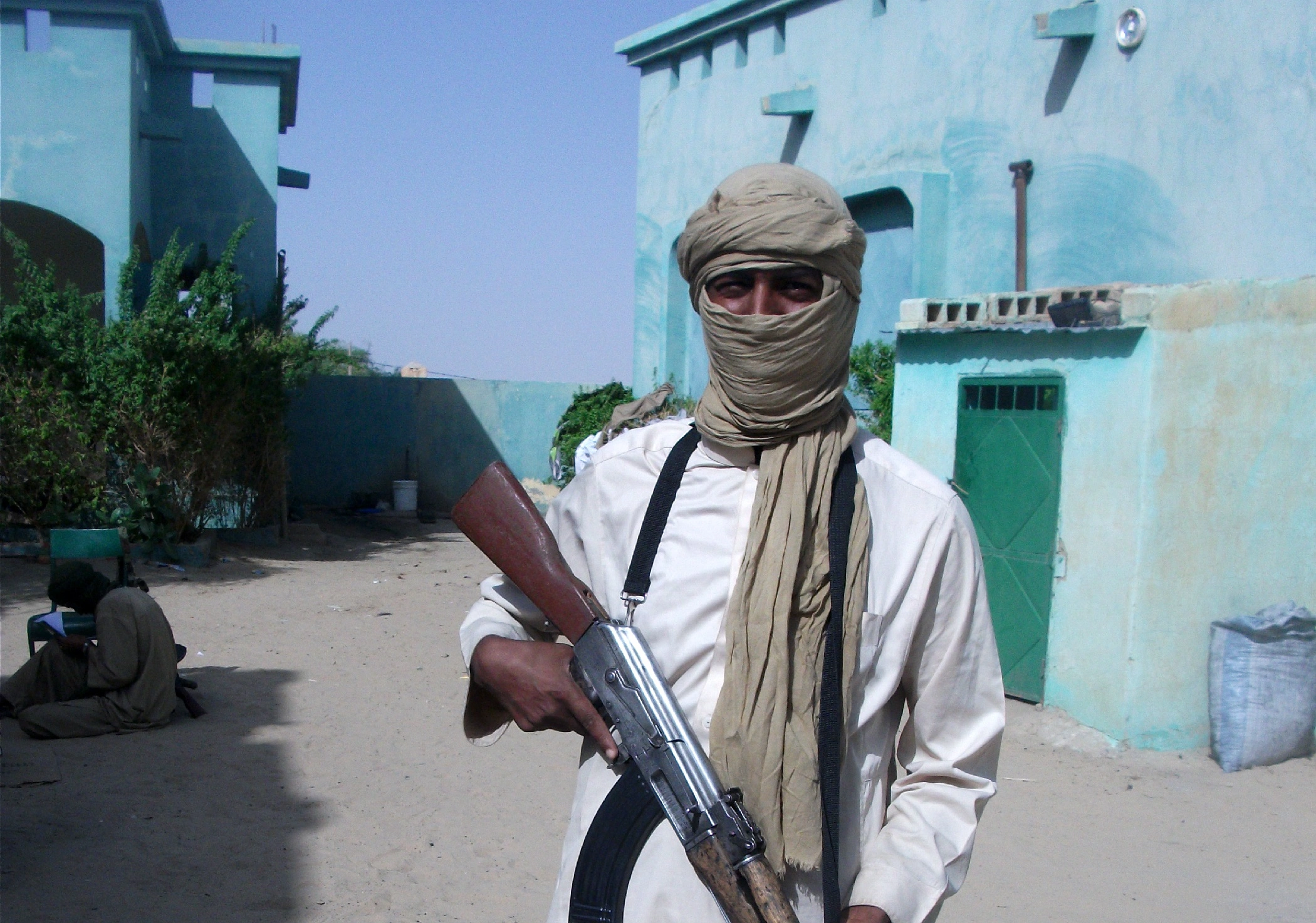The rail project worth $300 million dollars is underway in Nepal. China has just initiated the roadwork for connecting Lhasa to Kathmandu and finally to Lumbini via the railway line. Lumbini falls close to the India-Nepal border.
Moreover, Shen Shiwei, CGTN news producer, and BRI analyst on China overseas political and economic stakes uploaded pictures on his twitter handle confirming the news. In the pictures, a Chinese team is doing a ground assessment at the site.
The project was first proposed in 2008 and has restarted now. The railway line will be extended till Lumbini, which is the birthplace of Budha.
Pre-feasibility study
Sources in India tracking the development say the construction has not started yet. The survey is to conduct a feasibility study at the site.
Additionally, the details of the project laid out by china in 2008 include connecting Lhasa to Shigatse. From there on, it would continue towards Keyring on the Nepal border. And finally, it will be further stretched to Kathmandu and Lumbini.
Concerns over cost
The delay in the project is because Nepal could not share the cost previously. The cost is estimated to reach around USD 300 million.
India in response to the advancement has proposed six cross border railway lines to Nepal to date.
Furthermore, V K Yadav, Chairman railway board said, “We have prioritized all our infrastructure projects to supercritical and critical projects, basically ensuring that all the infrastructure projects are expedited. As for this latest project… the complete details and timeline would be provided later.”
China-India rising tensions
The upcoming deadline for the project is 2025. For now, China is carrying out exploration and site surveys. Similarly, in March 2019, Nepal decided to use the Chinese track gauge standard for its railway system in an effort to reduce costs. India is also setting foot on the ground by proposing railway links to Nepal.
However, how Nepal will benefit from this perspective is key to the arrangements being made and certainly requires a follow-up.





